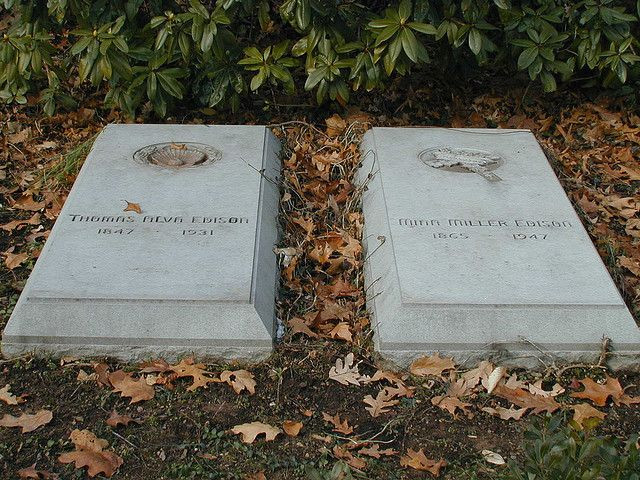
Thomas Edison is rolling in his grave. Introducing: plastic light bulbs.
Scientists at Wake Forest University in Winston-Salem, N.C., have created a durable, plastic light bulb that offers a more efficient, buzz-free alternative to fluorescent bulbs.
"People often complain that fluorescent lights bother their eyes, and the hum from the fluorescent tubes irritates anyone sitting at a desk underneath them," David Carroll, the scientist who invented the device, said in a statement. "The new lights we have created can cure both of those problems and more."
Researchers say the innovative lighting technology uses three layers of light-emitting polymers packed with nanomaterials that glow when an electric current is introduced. It's a technique called "field-induced polymer electroluminescent," or FIPEL, technology. Not only does it allow the bulbs to quietly project softer white light, but, because it's plastic, it's also shatterproof, maintains a low temperature, and can be molded into virtually any shade, scientists said.
What's more, the plastic bulbs offer all these features and are still as energy efficient as today's most efficient lighting technologies, according to the developers.
"If you have a lighting source that does not create heat as a byproduct and can illuminate a space as well as or better than any other solution, think about how much it can lower costs - and environmental impact - in every office building," Carroll said.
Carrol contends the new technology is far and away better than the mass-produced and used fluorescent bulbs.
"They have a bluish, harsh tint to them, " he said of fluorescent bulbs to BBC News, "it is not really accommodating to the human eye; people complain of headaches and the reason is the spectral content of that light doesn't match the Sun - our device can match the solar spectrum perfectly."
"I'm saying we are brighter than one of these curlicue bulbs and I can give you any tint to that white light that you want."
This isn't the first attempt to reinvent the light bulb. Over the past decade, Light Emitting Diodes, or LEDs, have been developed significantly and have become much more widely used as a light source as they're bright and efficient.
Another progressive technological step came through the development of organic LEDs, or OLEDs, which "promise greater efficiency and better light than older, incandescent bulbs," reported the BBC. Like the new plastic bulbs, the big advantage of OLEDs is that they can be transformed into many different shapes including the screens for high-definition televisions.
However, these all pale in comparison to Carrol's new technology, the scientist insists, and he doesn't think OLEDs have lived up to their hype.
"They don't last very long and they're not very bright," he said of OLEDs. "There's a limit to how much brightness you can get out of them. If you run too much current through them they melt."
His new technology, the Fipel bulb, he says, overcomes all these problems.
"What we've found is a way of creating light rather than heat. Our devices contain no mercury, they contain no caustic chemicals and they don't break as they are not made of glass."
Carrol claims his bulb is also easy to make and lasts longer than any other bulb before it; he says he has a Fipel bulb in his lab that's worked for about a decade now. The scientist says he has a "corporate partner" interested in manufacturing the device. He believes the first production runs will take place in 2013.
© 2025 Latin Times. All rights reserved. Do not reproduce without permission.




